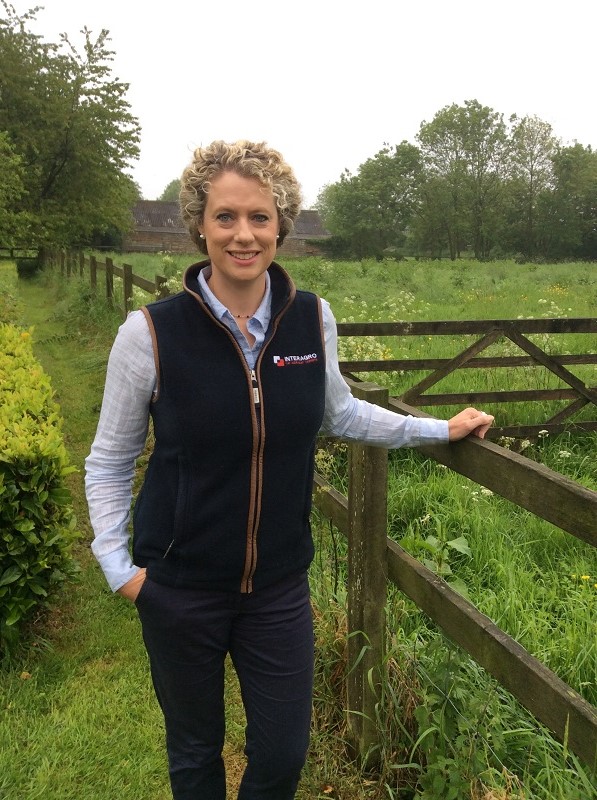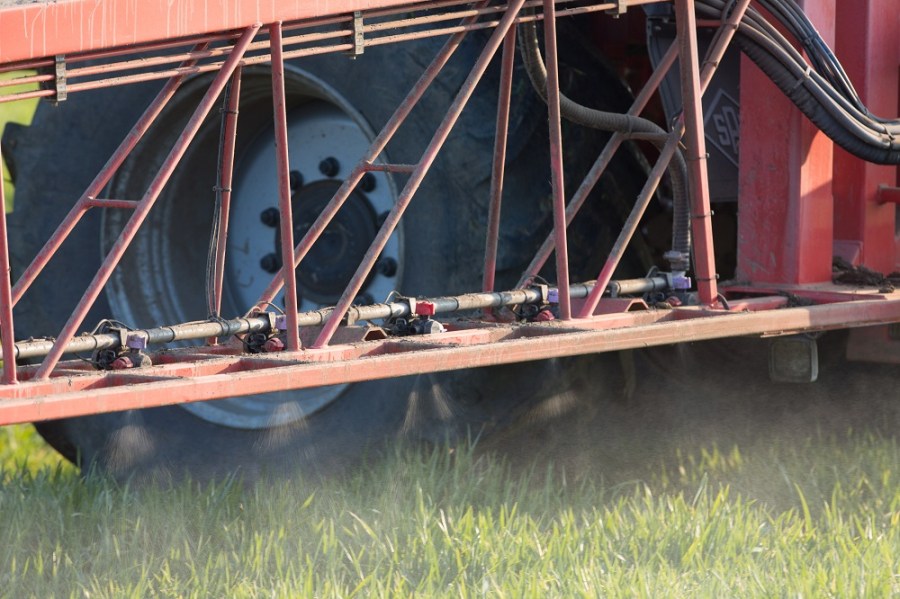There’s been a rekindling of interest in adjuvant chemistry. CPM reports on how a leading UK adjuvant manufacturer believes adjuvants can assist fungicides.
With azoles, their curative activity is now in the region of 30% so they need some help.
By Lucy de la Pasture
Adjuvants may be a technology on the edge of a revival, according to leading UK manufacturer Interagro. At a time when the new chemistry pipeline may be drying up, they’re being called for in roles that may be considered ‘outside the box’ and could even prove the saviour for products facing withdrawal.

Emma Ralph is working with manufacturers to help them find answers to formulation problems.
“Product development is primarily being fuelled by a ‘pull’ from the field by growers and distributors,” explains Emma
Ralph of Interagro. “But we’re also working with manufacturers to help them find answers to formulation problems.”
This is an area that’s becoming more complex as the safety profile of co-formulants are increasingly taken into account as well as the active ingredients in products, she says.
Co-formulant problem
“Glyphosate is a good example of an active ingredient that has a problem with its tallow-amine co-formulant, which turns out to be more toxic than the glyphosate itself. The ‘new world’ is all about ensuring safety, so we’re working with manufacturers to find the next best alternative to co-formulant with glyphosate.”

Tom McCabe reckons a good guide level to trigger consideration of an adjuvant is when fungicide efficacy is in the region of 80%.
Dr Tom McCabe, of University College Dublin, has been investigating adjuvants for the past 15 years and believes there’s a role for them to play with the efficacy of some chemistry now under pressure.
“There’s a resurgence of interest in using adjuvants, which first rose to prominence in Ireland in the early 1990s. At that time, the fungicides available were modest in terms of efficacy and under the high disease common in the wetter regions of Ireland, adjuvants were used to give a helping hand,” he says.
“When epoxiconazole arrived, it was so effective and set a new standard in disease control. Epoxiconazole didn’t need any help, so any interest in adjuvants died a death.”
But times have changed again. Triazoles have lost a great deal of efficacy, especially when it comes to their curative capabilities, he points out. “It’s not unforeseeable that leading SDHI fungicides may also need help in the future if resistance goes on to develop in the field,” he believes.
“A whole generation of farmers has benefited from an era of reasonably high efficacy products but those times are more behind us than ahead of us. We could be moving into a situation where fungicide efficacy is more in the region of 50-80%, with chlorothalonil holding the show together, than the high 90%s we’ve been used to.”
This is where strategic use of adjuvants could make a difference by giving struggling fungicides a bit of help, reckons Tom McCabe, on the basis of his trials evidence.
Improved GLA
“Looking at a number of trials over different seasons, the trend is the same. Where we’ve added the adjuvant Kantor to different triazoles mixtures, we’ve seen improved green leaf area, better disease control and yield responses in the range 0.26-0.66t/ha,” he explains.
So does that mean every fungicide would benefit from the inclusion of an adjuvant? The answer is absolutely not, says Tom McCabe.
“I reckon a good guide level to trigger consideration of an adjuvant, is when fungicide efficacy is in the region of 80%. With azoles, their curative activity is now in the region of 30% so they need some help,” he says.
But what about the SDHI chemistry? It’s still effective in the field and there hasn’t been a slip in efficacy. As long as robust rates of SDHI are being used, he believes that an adjuvant in the tank won’t make a noticeable difference to disease control at current efficacy levels.
“By robust I mean 80% of the full label rate. With many growers looking at cutting costs, SDHI may be going on at lower rates than this. If you do cut rates, then at least put in an adjuvant,” he advises. “The trouble is that the triazole component is very weak, so it’s going to give very little protection to the SDHI chemistry if you cut rates below this level.”
Pippa Hutchinson, Agrii’s regional commercial manager in the East, agrees that selecting the right rate of fungicide is a crucial starting point but efficacy can be improved by the addition of an adjuvant.
“In our farm trials, we’ve seen bigger benefits from the addition of an adjuvant than we’ve seen between different products,” she says, adding that adjuvants seems to give a bigger response in a farm setting than in small plot trials, where application is much less variable than in actual farm practice.
“Where an adjuvant can really help is when a spray timing has been delayed because it helps the fungicide get into the leaf faster and working more quickly,” she adds.
Tom McCabe warns that adjuvants won’t stop septoria resistance to SDHIs from happening if the insensitive mutations multiply rapidly in the field. “What they can provide is support to the efficacy of struggling partner products to give the SDHI more underlying protection.”




